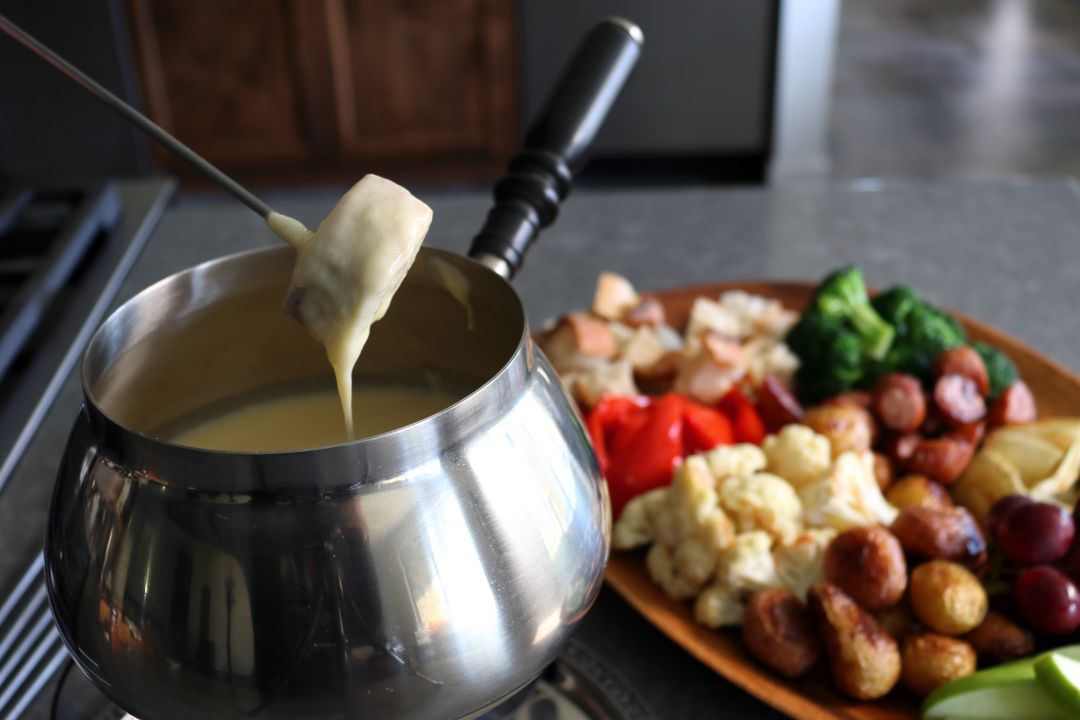If you’re a margarita drinker, you probably have a bottle of Grand Marnier, Cointreau or Triple Sec hanging out in your liquor cabinet. You might have all three if you like experimenting with different recipes, but chances are also good that you don’t really understand the differences between these three orange-flavored liqueurs.
All three of these products are used in cocktails to add a hint of orange, balancing out sweet and sour flavors with a touch of bitterness. They’re also popular as digestifs and a fun addition to baked goods. The main difference between these three products is that Cointreau is a type of triple sec, while Grand Marnier is a blend of triple sec and brandy. Keep reading to understand the all of the differences between Grand Marnier, Cointreau, and Triple Sec.
What Is Grand Marnier?
Grand Marnier is probably the standout of these cocktail must-haves. It’s a blended product, made partially from orange liqueur (AKA Triple Sec) and partially from cognac, which gives it a dark color. It’s quite sweet, with a wonderfully rich taste coming from cognac: there is still a citrusy flavor, but with notes of baking spices.
How to Use Grand Marnier
Because it has such dominant flavors of brandy, Grand Marnier is slightly more specific in its uses than the Triple Sec and Cointreau. Try sipping it after dinner, or stirring it into this Cosmopolitan variation, or into a B-52 bomber. Grand Marnier is often used in baking —it’s the essential ingredient in Crepes Suzette, the a decadent French dessert.
What Is Triple Sec?
The name comes from the French word sec, which means dry. The inclusion of the word triple in the name is simply a marketing technique – this clear liqueur is not, in fact, distilled three times. While Grand Marnier and Cointreau are brand names of specific products, Triple Sec is actually a category in and of itself. Many brands make Triple Sec — in fact, Cointreau itself is a triple sec.
The alcohol content in different types of Triple Sec vary quite a bit – from about 15 percent to as much as 40 percent. Triple Sec brands also vary a lot in sweetness and price. For margaritas and other cocktails where recipes only call for a little sweetness, its fine to buy the product that best fits your budget.
How to Use Triple Sec
Some enjoy Triple Sec as an after dinner drink, sipped slowly and straight as a digestif. In the United States, though, it’s more often used as a supporting ingredient in cocktails. Margaritas often call for it, as do sidecars, daiquiris, and Cosmopolitans.

Get the Recipe: The REAL Long Island Iced Tea
What Is Cointreau?
Cointreau is a type of triple sec with a significantly higher alcohol content. In fact, Cointreau was originally marketed with the name Cointreau Triple Sec, but because the category so often gets a bad reputation for being sweet or low quality, the company removed the reference and has marketed Cointreau as a standalone product since then.
It’s made in France and has a relatively high alcohol by volume for the category – 40 percent. It has well-balanced flavor, with a strong scent of orange as well as a bit of spiciness from cinnamon and clove.
How to Use Cointreau
Cointreau is a great option in margaritas, but because of its strong spiced flavors, it’s also great in more autumnal or wintery drinks, like this Manhattan variation. If you prefer not to sip it, consider using Cointreau in baking recipes for a zesty spin on souffles or a lemon loaves.
Can You Substitute One Orange Liqueur for Another?
In general, the answer is yes, you can substitute Grand Marnier for Cointreau or other types of triple sec, and vice versa. When making substitutions, though, pay attention to what the ingredient is meant to bring to the recipe. Generally, Grand Marnier is intended to bring a stronger, more warming flavor to a cocktail or baking recipe, while Cointreau and other types of triple sec are much more generalized supporting flavors.
More Inspiration
- What Is Campari?
- Your Guide to Essential Cocktail Glassware
- Cocktail-Making Mistakes That Bartenders Know to Avoid




